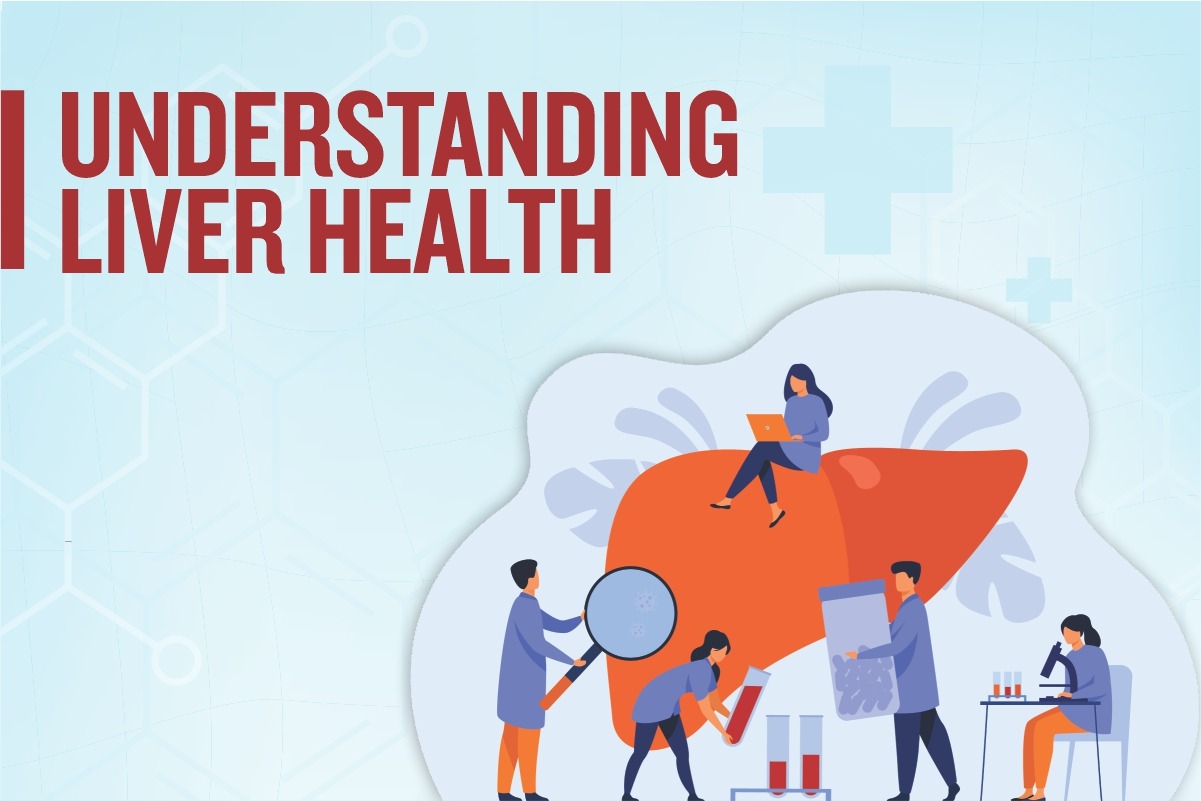
Cervical Cancer – All You Need To Know
By Dr. Puneet Gupta in Cancer Medical Oncology
Mar 15, 2023
Cervix cancer refers to a type of cancer found in the cervix, the lower part of a woman’s uterus, that is connected to the birth canal (vagina).
Cervix cancer is caused by special types of Human Papillomavirus (HPV), a pretty common sexually transmitted infection.
Cervix cancer is usually asymptomatic in its early stages, but as it progresses, it can cause various symptoms such as abnormal vaginal bleeding, pelvic pain, etc.
The best thing about this cancer is that it takes about 5 to 10 years to get Frank invasive cancer cervix after HPV viral infection. This gives ample time for cancer check-ups and screening.
Let’s get into everything you need to know about Cervix Cancer.
Symptoms of body problems, related to Cervix Cancer
There may not be any symptoms in the early stages of Cervix Cancer. However, in the later stages of Cervix cancer, some symptoms can include:
- Abnormal bleeding from birth canal, including bleeding after menopause, after copulation, and between periods.
- Vaginal discharge that is heavy, foul-smelling, or tinged with blood
- Pelvic pain or pain during intercourse.
- Pain or difficulty urinating
- Fatigue or weight loss
- Anemia due to heavy bleeding
It’s crucial to note that these symptoms can also be caused by other conditions, and they may not necessarily indicate cervix cancer alone. However, if you experience any of these symptoms, it’s important to see your doctor for an evaluation.
Regular cervix cancer screening, such as PAP as well as HPV tests (liquid PAP technique), can detect the precancerous changes of cervical cancer, so it is recommended to get screened regularly privately or as per COMMUNITY SCREENING NATIONAL GUIDELINES.
Risk Factors of CERVIX Cancer
There are various risk factors that are involved in Cervix Cancer, including-
- HPV infection: HPV is a common sexually transmitted infection and is the primary cause of cervix cancer.
Having more than one sexual partner in your life can increase your chance of developing an HPV infection. - Smoking has the capability to damage the DNA in cervical cells.
- Women with a weak immune systems, such as those with HIV or AIDS, have a higher risk of developing cervix cancer.
- Long-term use of birth control pills can slightly increase the risk of cervical cancer.
Having one or more of the above-mentioned risk factors does not mean that a woman will definitely develop cervical cancer.
Regular cervical cancer screenings can help detect the disease early when it is most treatable.
Treatment for Cervix Cancer
The treatment approach for Cervix cancer depends on several factors, including the stage of cancer and the woman’s overall health. Common treatments for cervix cancer include:
- Surgery: Surgery is often used to remove early-stage cervical cancers. The most common surgical procedures for Cervix cancer are a Simple Hysterectomy, which removes the uterus and cervix, or a Radical Hysterectomy, which removes the uterus, cervix, and nearby lymph nodes.
- Radiation Therapy: This type of treatment requires X-rays with high energy to kill cancer cells. The doctor can use it alone or in combination with chemotherapy.
- Anti-cancer drugs Chemotherapy requires drugs to kill cancer cells. It is often used in combination with radiation therapy for advanced cervical cancer or as a palliative treatment to relieve symptoms & improve quality of life.
- Targeted drug therapy: It is a newer form of treatment that uses drugs that target specific proteins or genes that help cancer grow.
- Immunotherapy: This type of therapy uses drugs that help the body’s own immune system fight cancer.
The specific treatment plan will be tailored to the individual woman and her needs and will take into account the stage and grade of cancer, as well as the woman’s overall health and personal preferences.
Prevention of Cervix Cancer
There are many ways to reduce the risk of cervix cancer or to detect it early:
- HPV Vaccination can prevent the most common types of HPV infections that cause cervical cancer.
Three doses of anti-viral HPV Vaccination are given within 6 months; as a subcutaneous injection in arms. It is recommended for girls aged 11 or 12 and women up to age 26 varying country to country. The community guidelines may be different then individual office private care. - Regular Cervical Cancer Screenings such as Pap tests and HPV tests (Liquid PAP) can help detect precancerous signs in the cervix before they become cancerous. It’s recommended that women begin cervix cancer screenings at age 21 and continue at regular intervals according to the guidelines set by their healthcare provider which varies country to country. Some poor resource countries do once in a lifetime. The screening is usually not done after 72 years of age worldwide.
- Condoms: Consistently using condoms during sexual activity can help reduce the risk of contracting HPV infection.
- Quitting smoking can lower the risk of cervical cancer and many other types of cancer.
- Maintaining a Healthy Weight: Being overweight or obese has been linked to an increased risk of cervix cancer.
It’s important to note that even if a woman is linked to no risk factors, cervical cancer can still develop; that’s why regular Cervix cancer screenings are important.
However, if not detected early, Cervix cancer can reach the advanced stages within three months of becoming invasive cancer making it difficult to treat and, quickly fatal by tripping ureters of both parametrium and causing progressive Kidney failure.
Thus in summary cancer cervix is a highly preventable cancer. It is important to follow the guidelines for cervix cancer screenings and to take preventive measures such as HPV vaccination, condom use, limiting sexual partners, not smoking, eating a healthy diet, and maintaining a healthy weight.







